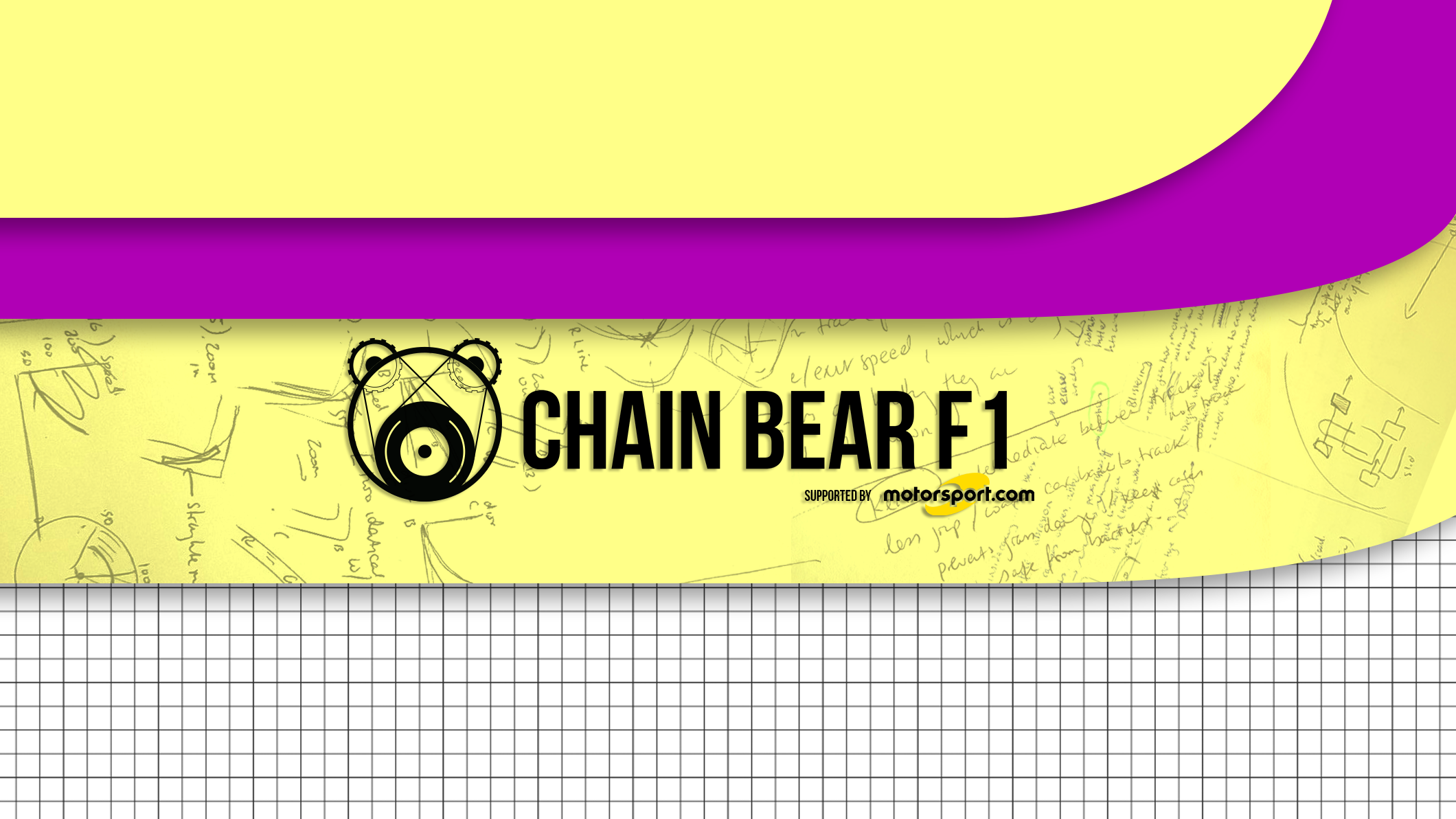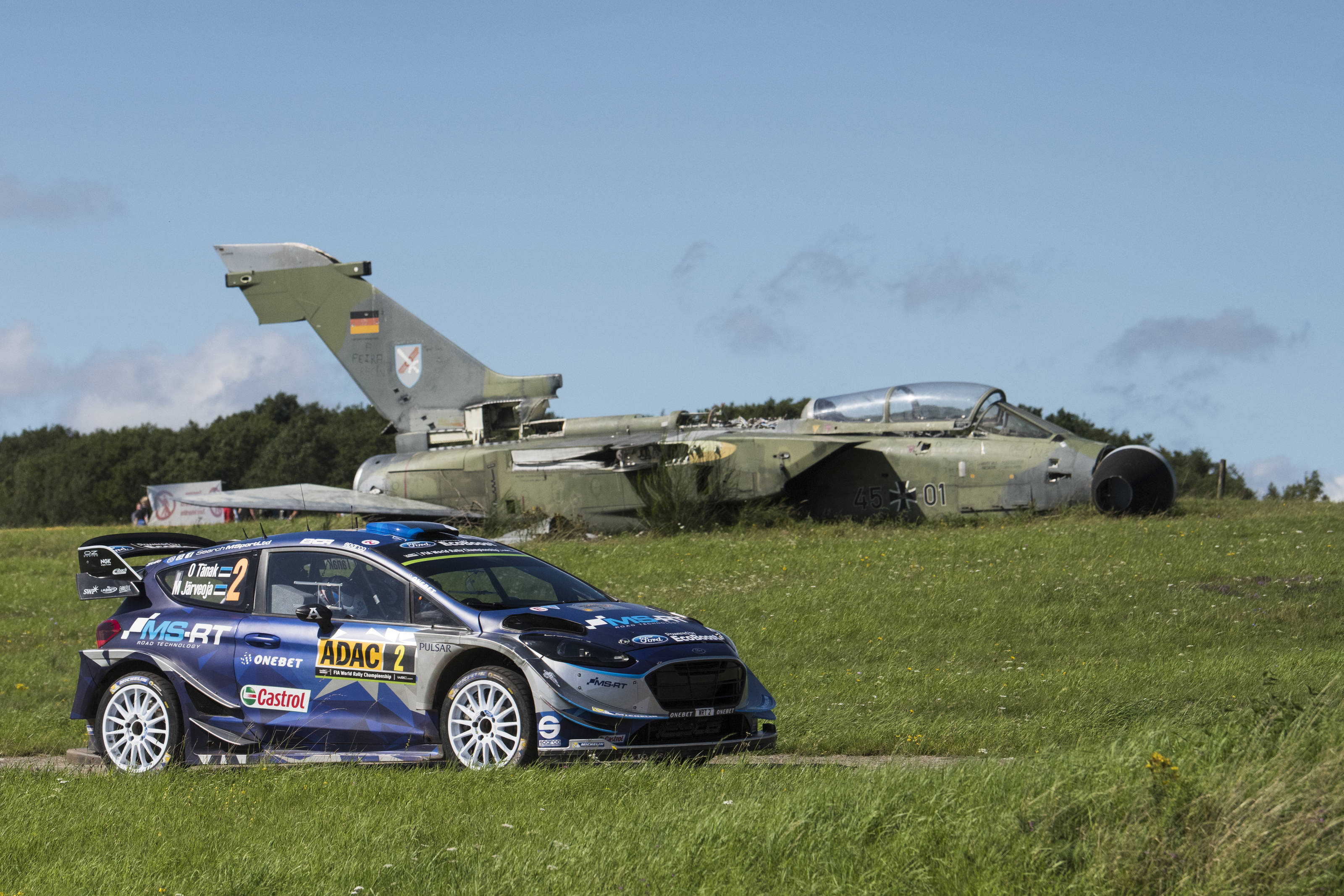Two months ago, we had the chance to talk with Stuart Taylor, aka Chain Bear F1, about the sport, his work on YouTube and much more.
Stuart Taylor has been around YouTube since 2012, but he made his mark on the grand scene in 2016-2017, when he had a huge boom in viewership, and his content was acknowledged.
TotalRacing.gr contacted him and he accepted our proposal for an interview immediately.
-You were introduced to us from your YouTube channel (Chain Bear F1), but how did you start with it and, most importantly, how are you able to have such a good insight?
I never intended for the YouTube channel to be a *thing*. My first video came around the time that F1 was introducing a new rule that allowed teams to choose from three different tyre compounds during a race instead of two, as was the case previously. There was a lot of confusion around these rules as no one had been able to explain them clearly and thoroughly so I thought I would make a video to lay it all out simply. To my surprise, the video proved pretty popular so I made a few follow up videos around various topics.
Back then I was making the videos entirely in Powerpoint, so it was incredibly tricky to get the animation and timing right, but the overall effect seemed to work to visually convey the information behind the ideas.
My life was then a bit too busy for me to think about making videos so I didn’t put anything on the channel for over 18 months. After leaving my job though, I decided to return to the channel and from December 2017 I have been producing videos explaining and exploring various aspects of Formula 1.
My insight doesn’t come from working within Formula 1 – it mainly comes fro a very long time of supporting F1 and a background in mathematics and science. Really, my job here is not as a pundit or insider but as a communicator. I’m able to research and explore aspects of Formula 1, break through the technical jargon and connect with Formula 1 fans in a way that makes more sense. There are people out there desperate to understand more but no one trying to reach them at a basic level. A lot of people aren’t technically literate, necessarily, but still want to understand and still are fully capable of understanding lots of very complicated parts of motorsport, but the sport needs to make an effort to meet them where they are.
–Have you worked for an F1 team in the past? If not, would you want to, or have you ever been approached by one?
I have not worked for an F1 team. It’s something I would be interested in, but again my real interest is in honestly communicating with F1 fans, audiences new and old, thinking through the many ideas that come out of this fascinating motor sport. So, I’d be less interesting in working for an F1 team in straight promotions, comms, marketing, video making, etc. I’d be much more interested in working on projects that lifted the barrier between the audience and the team itself.
There’s so much to Formula 1 to get your teeth into and I think F1 can suffer from its gate-keeping and aspirations of exclusivity. So I’d love to work with an F1 team if I could work on breaking that all down.
-How did the Motorsport Network collaboration come up?
I got a phone call from one of their VPs in Miami originally seeing if I was interested in Chain Bear becoming part of the network. They hadn’t realised I was just one person working out of their flat, not a company of people! After that I had some conversations with James Allen and co at Motorsport Europe and was happy to allow Motorsport to use my videos on their growing video platform. It was very important to me to maintain my independence and control over my work and channel as being able to work freely for myself has been transformative to my mental wellbeing.
–Has the illustrator background help you with your work on the channel?
It does. I had to think about this one, because my original thought was ‘no’ I think the simple illustrations and animation are *key* to a lot of these videos, even though the style of illustration I use in the videos – very simple, very pared back – is very different to the styles I use in some of my other work. As some people know I also work in sex illustration to accompany people’s writing on sex, relationships and accompanying themes.
I was always very frustrated with a lot of video animations that explain Formula 1 or wider motor sport. There’s a lot of very flashy 3D graphics with the camera spinning around and showing off angles, effects and complex 3D models. This is all very sophisticated and beautiful but it comes at the expense of understanding. I think its much, much harder to follow what’s trying to be explained in a video when you’re overwhelmed with complicate visuals.
I spend a long time in the storyboarding stage trying to work out how to visualise the ideas I’m presenting in the simplest possible way. I only try to add more details as and when it proves necessary. I only really had to shift to 3D in my MGU-K video when it was incredibly important to show 3 perpendicular angles at once.
-How long does a video take to be done? From research to edit and uploading.
There’s no easy answer to this question. It can vary wildly. The research time will depend on how much I know already, but I start from what I know and then delve into source after source to build a big picture of knowledge. Then, I try and work out what questions arise from the details I’ve started to gather and then dive into more resources to try and answer *those* questions. This can happen several times, by which point I’ll have several areas I’ll need to cover in the video.
The next stage is creating a narrative. It’s important to introduce all your ideas and develop them in a way that makes sense to the audience. So I have to think about what seeds I need to plant early on so that I can build on them later in the video and construct a clear and full story by the time the video end. And, most importantly, I want people to be able to walk away from my video feeling they could explain the topic in their own words.
I then create a script and record the audio. During the recording process is when a final edit of the script takes place – sometimes it only becomes clear through reciting the script out loud that things aren’t as clear or correct as they seemed on paper.
We then have the storyboarding process. I create little thumbnail images describing the visuals, paragraph by paragraph. Each drawing is about the 2 x 2 cm, so just enough of a sketch for me to lay out my plan.
Only then do I begin the final animation. Producing an animated video normally takes about 90 – 120 minutes of work per minute of video, depending on the complexity of the animation. I tend to make life complicated for myself by structuring my videos in a way that animations flow from one to another without any clear breaks so there’s no moment where some animation isn’t happening.
So… in answer to your question: days. But even before I start researching, my brain has tending to be working on what questions I want to ask that I can answer by a video. Finding the question can be harder than you think!
–What are your ambitions for the channel? Is it a full-time job?
It is pretty much a full time job, yes! My aim for this year is to expand beyond my flagship content – the technical explanation videos. I want to think in a slightly more flexible way and answer some deeper questions about the sport – things that don’t necessarily have a straightforward textbook answer but are incredibly interesting to think about and explore. For example, ideas about safety, about feminism in the sport, about game-balancing to keep the sport fair and interesting. Even thinking about *why* the sport is how it is can be explored in many ways.
I’m desperate to create some video essays too and really take F1 fans on a compelling and earnest journey that you don’t get a lot of in the sport.
Traditional programming tends to mean we cover topics in F1 in 3 minute segments before moving on. Even when, in the UK at least, the F1 race has a 90 minute build up programme and several companion programmes during the week. Often things are glanced superficially, but I’m interested in exploring the sport the way people explore film criticism or literature or music. There’s so much meat to get our teeth into!
We would like to thank Stuart Taylor for hir valuable time.
Ακολουθήστε μας στα Twitter, Instagram, Youtube, Discord και Spotify











